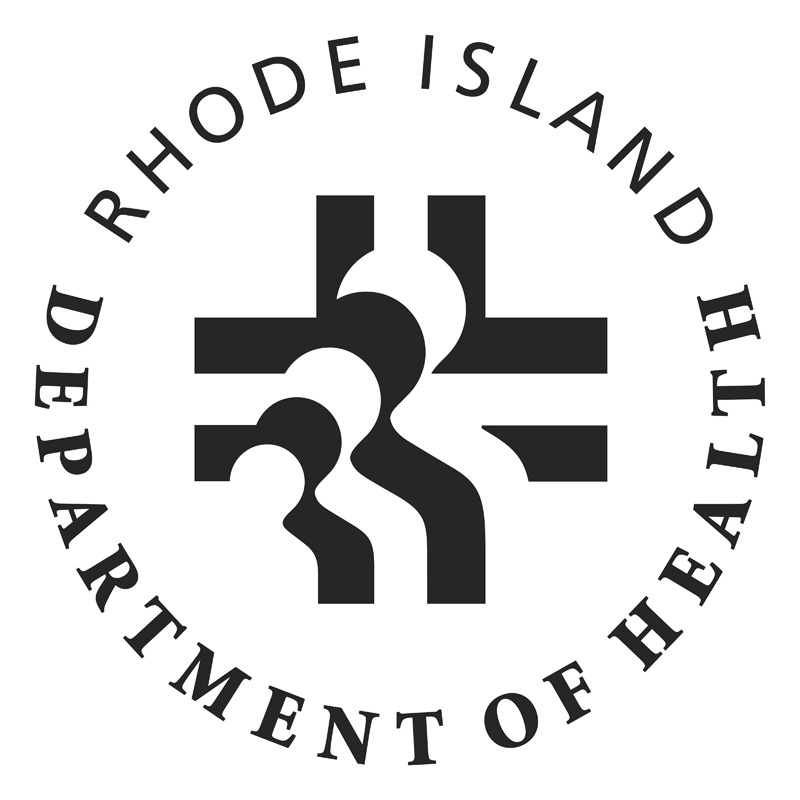Asthma Information For Parents and Caregivers
Asthma most often starts in childhood. If your child has asthma, he has it all of the time, but will only have attacks when something bothers his lungs. You can help to make your child's daily activities and environments safe and healthy so he can lead a normal and active life.
What You Should Do
Learn about asthma risk factors and how to recognize and respond to asthma attack warning signs. more
Identify your child's personal asthma triggers and reduce or remove them.
- Learn about and reduce common asthma triggers in your home and outdoor air pollutants and know when to keep your child inside.
- Do not expose your child to known areas where second hand tobacco smoke is present. This includes staying away from individual smokers and designated public smoking areas. Have your child avoid the homes and cars of known smokers whenever possible.
- Prepare your child to prevent asthma attacks in extreme situations where known asthma triggers cannot be avoided, such as on Air Quality Alert Days.
Talk with your child's doctor about how best to manage your child's asthma.
- Work together to identify any patterns in your child’s asthma attacks. Are they seasonal? Brought on by exercise? Do they occur after exposure to certain things? After being in certain environments?
- Develop an Asthma Action Plan. Make sure that your child’s school nurses, teachers, and coaches all receive a copy.
- Understand when and how to use control and rescue medications. Even if your child have no symptoms, he should keep taking his asthma control medicine as prescribed. Treating asthma symptoms as soon as they appear may also help to lessen an asthma attack’s severity.
- Discuss allergy testing.
- Have your child vaccinated for the flu every year.
Take 7 steps to create a healthy home. Utilize non-toxic products in your home to clean and decrease asthma triggers.
Educate everyone who plays a role in your child's life about asthma and make sure they provide an asthma-friendly environment. This includes household members, extended family, babysitters, teachers, and healthcare workers.
- Share your child’s Asthma Action Plan.
- Make sure that no one is smoking around your child and help your household and family members quit smoking.
Help your child understand and manage their asthma.
 Rhode Island Department of Health
Rhode Island Department of Health Rhode Island Department of Health
Rhode Island Department of Health